Learning Goals
At the end of this Tutorial you will be able to:
- Download and install the free Microsoft Visual Studio Code editor.
- Change Visual Studio default settings, such as line length and HTML tag auto-complete.
- Download and install the free-to-try Sublime Text editor.
- Pin applications to the Windows Taskbar.
Using text editors with HTML and CSS
You will work with two main types of files in these Tutorials:
- Web pages, also known as HTML files, and
- Stylesheets, also known as CSS files.
Both HTML and CSS files are text files that can contain only letters (a,b,c, …), numbers (1,2,3, …) and various punctuation characters (;, ", ?, …) and symbols (€, ©, ®, …). Because text files can contain only those characters you can type on a keyboard, their content is similar to the output of paper documents created on old-style typewriters.
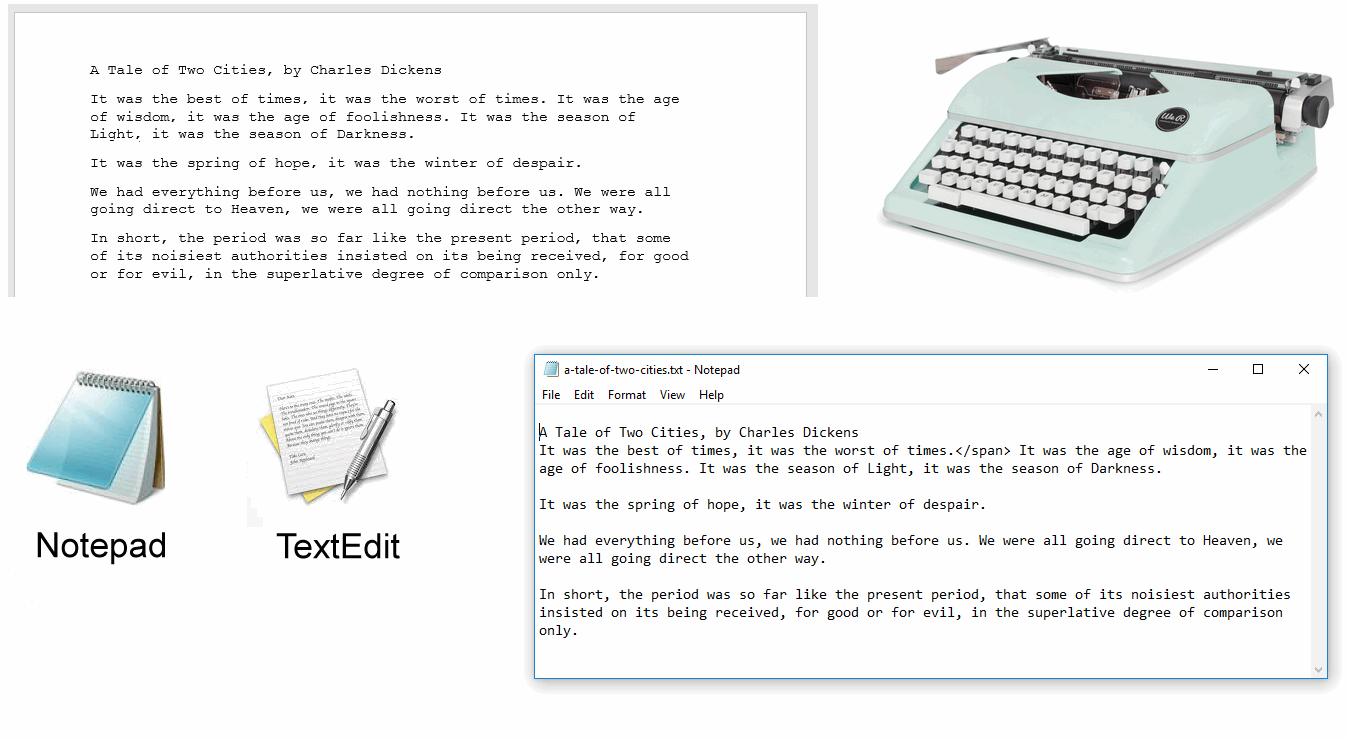
Text files can be created and edited with basic text editors such as Notepad (Microsoft Windows) and TextEdit (Apple Mac).
When working with often-complex HTML and CSS files, however, web designers and developers typically use text editors that offer a range of extra features that simplify the types of tasks they need to perform. In this Tutorial, you will learn about two such enhanced text editors: Microsoft Visual Studio Code and Sublime Text.
Installing Microsoft Visual Studio Code
Follow these steps to download and install Microsoft Visual Studio Code on your computer.
- Use your web browser to go to this web address:
https://code.visualstudio.com
- Click the Download (for Window/Mac/Linux) button.
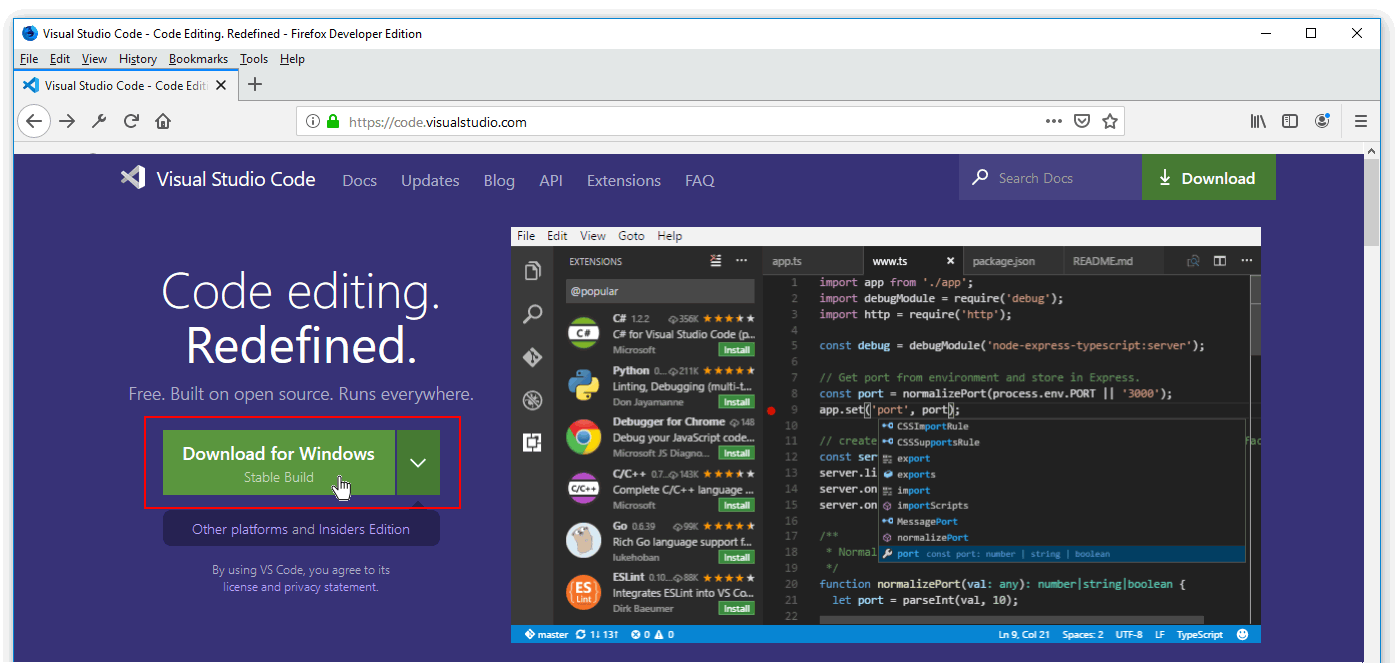
- Follow the usual download and installation instructions for your computer.
Visual Studio will install and then open on your computer. You will see that Visual Studio has added an icon to your Windows desktop and is listed with your other applications on your Windows Start menu.

Changing user settings in Visual Studio
Follow these steps to set the most convenient preferences in Visual Studio for working with HTML and CSS.
- At the bottom-left of the Visual Studio screen, click the Gears icon.
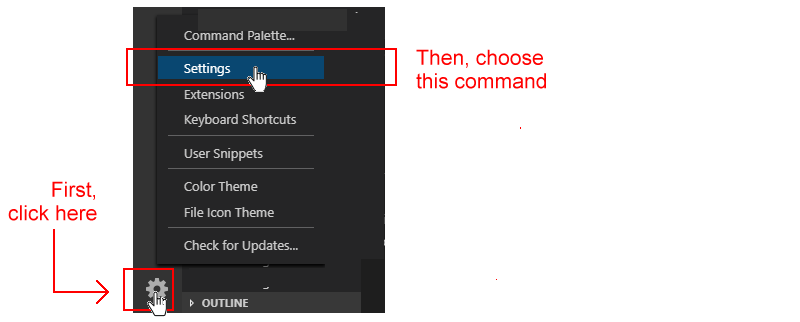 From the pop-up menu displayed, click the Settings command.
Visual Studio opens a new window named Settings. At its top, you can see a Search settings box.
From the pop-up menu displayed, click the Settings command.
Visual Studio opens a new window named Settings. At its top, you can see a Search settings box.

You can now change various settings in Visual Studio.
Typical Visual Studio settings for working with HTML/CSS
Here are some settings you may wish to change:
- In the Search settings box, enter ‘font size’ (without quotes), and then increase the size to 16.
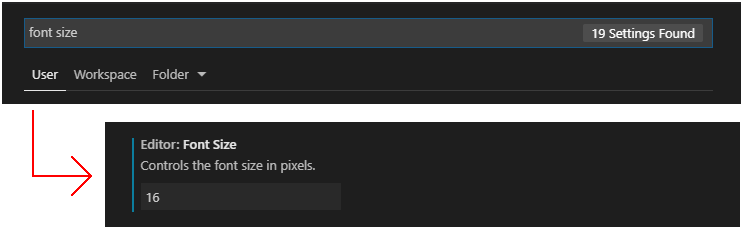
- In the Search settings box, enter ‘word wrap’ (without quotes), and select on.
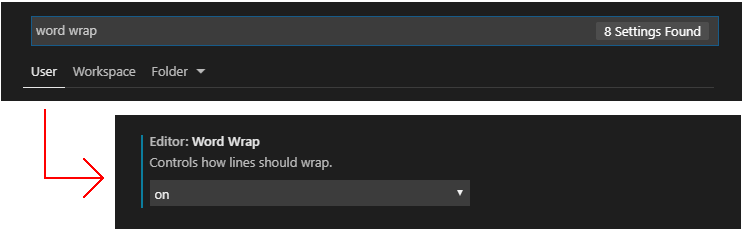
- In the Search settings box, enter ‘HTML auto’ (without quotes), and deselect HTML: Auto Closing Tags.

- In the Search settings box, enter ‘match brackets’ (without quotes), and deselect Editor: Match Brackets.

You can now close the Settings window.
Installing Sublime Text
Among the other free-forever or free-to-try text editors for working with HTML and CSS files are the following:
A popular choice is Sublime Text. Follow the steps below to download and install it.
- Use your web browser to go to this web address:
https://www.sublimetext.com
- Click the Download (for Windows/Mac/Linux) button.
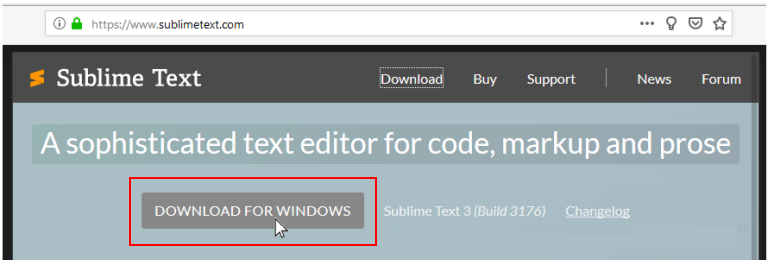
- Follow the usual download and installation instructions for your computer.
Sublime Text will install and then open on your computer. You will see that Sublime Text is listed with your other applications on your Windows Start menu.

Pinning applications to your Windows Taskbar
You can start applications on your PC in a variety of ways. For those applications you will use frequently, it makes sense to add or ‘pin’ them to your Taskbar along the bottom of your Windows desktop. You can then launch any one of them with a single click.
To pin an application, follow these steps:
- Enter the name of the application in the Windows Search Box at the left of the Taskbar.
- When the application name is displayed, right-click on it.
- Choose Pin to taskbar from the list of options displayed.
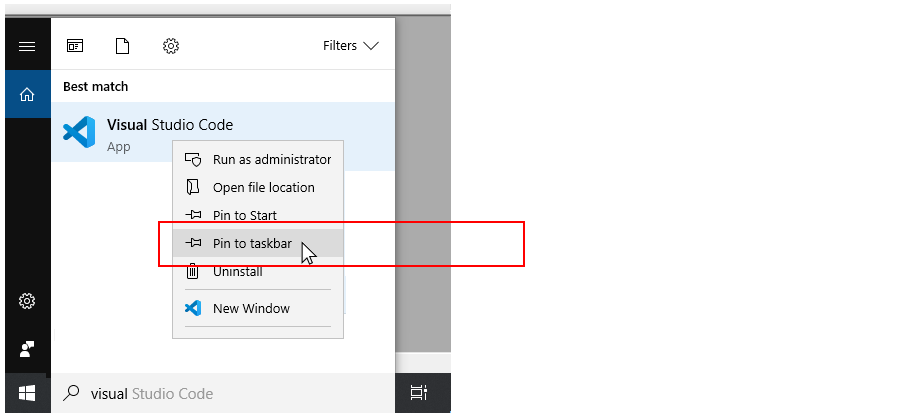
- Repeat these actions for as many applications as you want to pin to your Taskbar.
If future, when you need to launch Visual Studio, Google Chrome or other pinned applications, you can simply and quickly click the relevant icon on the Taskbar.

Return to Contents.




 From the pop-up menu displayed, click the Settings command.
From the pop-up menu displayed, click the Settings command.








